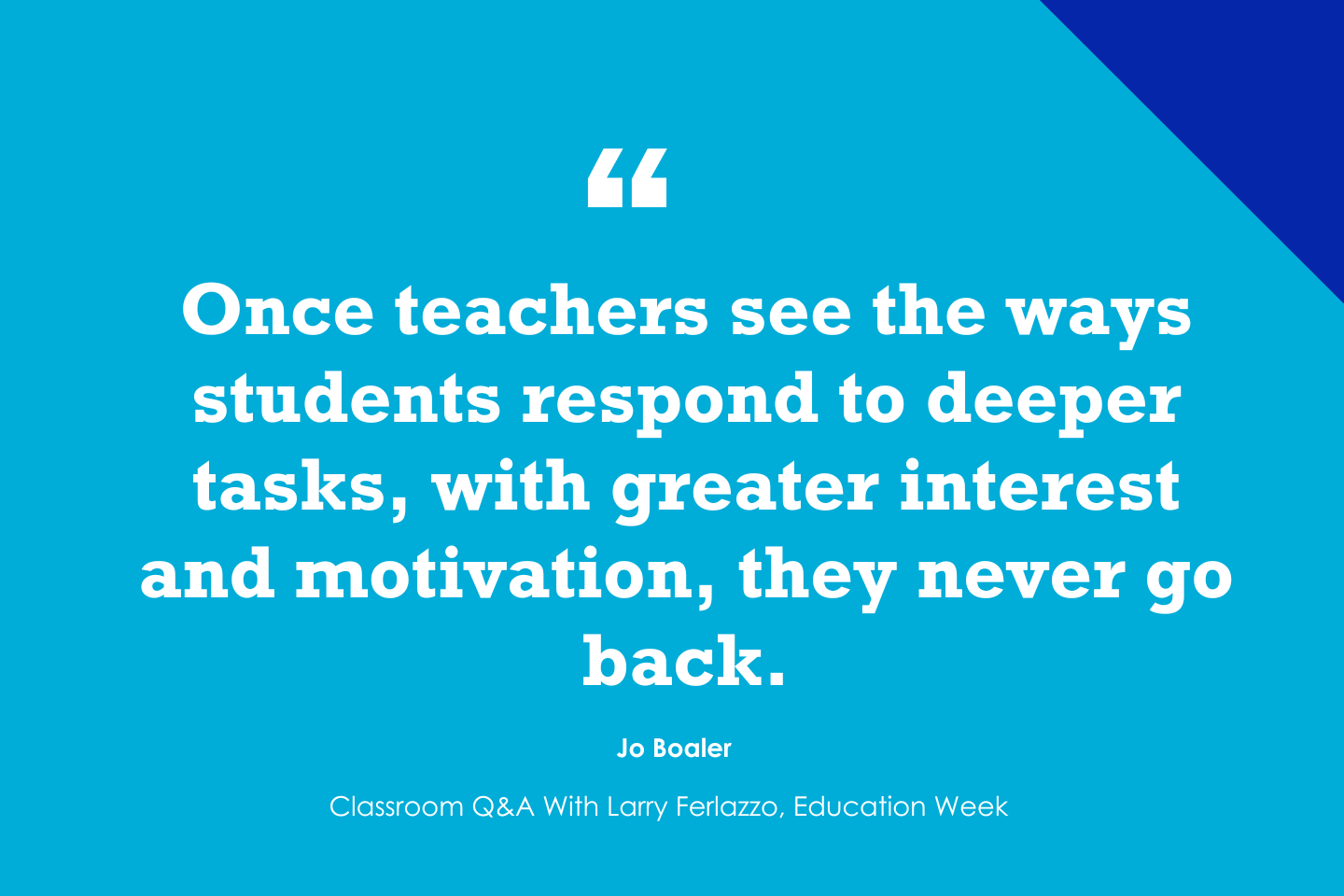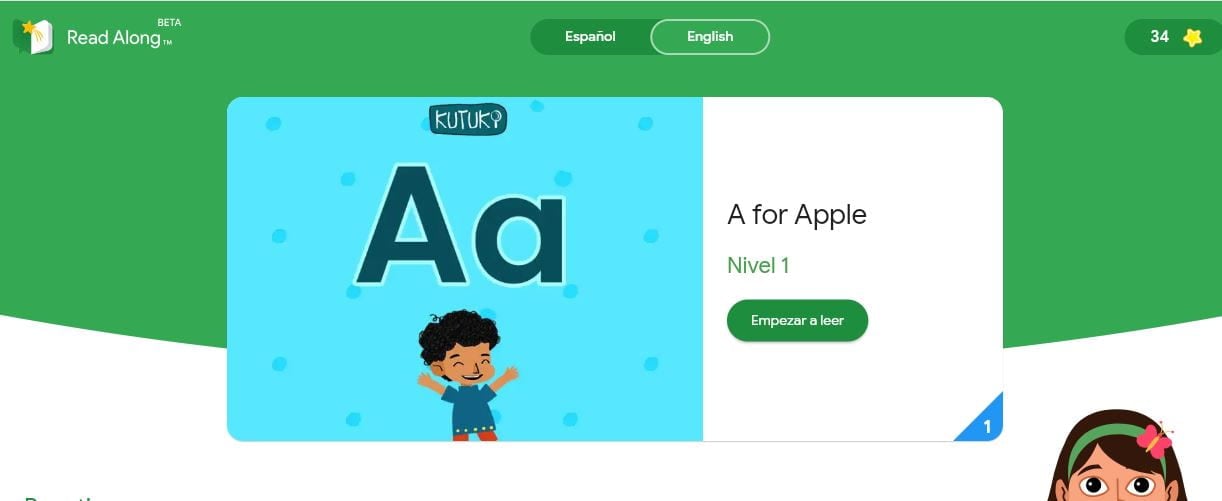If you’re a parent struggling to get your kids’ off their devices and outdoors to play, here’s another reason to keep trying: Spending at least two hours outside each day is one of the most important things your kids can do to protect their eyesight.
“We think that outdoor time is the best form of prevention for nearsightedness,” says Dr. Noha Ekdawi, a pediatric ophthalmologist in Wheaton, Ill.
And that’s important, because the number of kids with nearsightedness – or myopia – has been growing rapidly in the U.S., and in many other parts of the world.
In the U.S., 42% of people are now myopic – up from 25% back in the 1970s. In some East Asian countries, as many as 90% of people are myopic by the time they’re young adults.
It’s a trend Ekdawi has seen among her own young patients. When she started practicing 15 years ago, one or two of the children she saw had myopia. But these days, “about 50% of my patients have myopia, which is an incredibly high number.” Ekdawi calls the increase astronomical.
Myopia occurs when the eyeball stretches and grows too long, which makes far away objects look blurry.
Once a kid gets myopia, their eyeball will keep stretching and the condition will get progressively worse. If they develop high myopia, it can increase the risk of serious eye problems down the road, such as retinal detachments, glaucoma and cataracts. It can even lead to blindness.
There are treatments available to help slow the progression of myopia, including prescription atropine eye drops, special soft disposable contact lenses called MiSight, and hard contacts worn overnight known as orthokeratology, or ortho-K. But Ekdawi says the best approach is to protect children from developing myopia in the first place.
So how can spending time outside help?
That’s what Ian Morgan wanted to find out. Morgan is a myopia researcher at the Australian National University. A couple of decades ago, he noticed that the rates of myopia in East Asia were much higher than they were in Sydney.
He knew from animal studies that light stimulates the eye to release the neurotransmitter dopamine, which can slow the eyeball from stretching. “Australians are famous for their outdoor-oriented lifestyle,” he thought. “Maybe there’s a link between getting outside a lot and preventing the development of myopia.”
To test that theory, he and his colleagues designed a two-year study involving more than 4,000 6 and 12-year-olds in Sydney. Turns out, the researchers were right.
“The children who reported spending more time outdoors were less likely to be myopic and, we showed later on, less likely to become myopic,” Morgan says of the finding, which was published in 2008.
Morgan’s research caught the attention of Dr. Pei-Chang Wu, an ophthalmologist in Taiwan. As a retina specialist at Chang Gung Memorial Hospital in Kaohsiung, he’d seen the consequences of high myopia in patients as young as 10 with tears in their retina. Some even had retinal detachment – which can result in blindness if not treated quickly.
At the time, Wu’s young son was starting first grade, and he worried about Taiwan’s sky-high rates of myopia. Around 90% of teens there have it by the end of high school. Wu says the academic culture in Taiwan’s primary schools didn’t allow for much outdoor recess. “Many teachers want students to practice their homework during recess,” he says.
But Wu convinced his son’s elementary school to increase outdoor time. He also recruited a control school. A year later, his son’s school had half as many new myopia cases as the other school. “We saw the results – they were very successful,” Wu says.
He did more research, at more schools, and eventually convinced Taiwan’s Ministry of Education to encourage all primary schools to send students out doors for at least 2 hours a day, every day. The program launched in September 2010. And after decades of trending upward, the rate of myopia among Taiwan’s elementary school students began falling – from an all-time high of 50% in 2011 down to 45.1% by 2015. It’s a major achievement, says Ian Morgan.
“Certainly the people who have led the field are the people in Taiwan,” Morgan says.
Other studies have found that outdoor time can reduce the chances that kids will develop myopia even if they’re doing lots of near work, such as reading or looking at screens – something that has also risen dramatically in recent years. Outdoor time also helps even if kids have parents who have myopia.
To get that eyesight protection, research suggests kids should be spending at least two hours a day outdoors – every single day. And the younger you intervene, the better.
“To me, it’s like, eat your vegetables. You have to spend time outside,” Ekdawi says.
It doesn’t even matter if it’s sunny or cloudy – or what the kids are doing. “You can go to the park, you can ride your bike, you can sit and be a tree, walk your dog. All these things count,” she says.
And if you are worried about leaving time for homework, Ekdawi suggests having kids do that outside, too. As long as they are outdoors, that’s what matters.
This story was edited by Jane Greenhalgh.
Transcript:
MICHEL MARTIN, HOST:
If you are a parent struggling to get your kids off their devices and outdoors to play, here is another reason to keep trying. Spending at least 2 hours outside each day may be the most important thing your kids can do to protect them from becoming nearsighted. NPR’s Maria Godoy has this report.
MARIA GODOY, BYLINE: On a sunny weekday afternoon, a group of elementary school age kids play tag at a park in suburban Silver Spring, Md.
UNIDENTIFIED CHILD #1: Not it.
UNIDENTIFIED CHILD #2: Not it.
GODOY: This outdoor playtime isn’t just good fun and exercise. Research shows it’s also key to preventing children from developing myopia, or nearsightedness.
NOHA EKDAWI: About 50% of my patients have myopia, which is an incredibly high number.
GODOY: Dr. Noha Ekdawi is a pediatric ophthalmologist in Wheaton, Ill. She says the number of kids she sees with myopia has grown astronomically over the 15 years she’s been in practice.
EKDAWI: Near-sightedness is just needing glasses to see distance. And inherently being nearsighted isn’t bad, necessarily.
GODOY: The problem is when you get myopia in childhood, it gets progressively worse. Myopia occurs when the eyeball stretches and grows too long, so faraway objects look blurry. If the eyeball stretches too much, it can increase the risk of serious eye problems down the road.
EKDAWI: Like retinal detachments, macular problems, glaucoma, cataract.
GODOY: That’s why prevention is so important. But how can spending time outside help? That’s what Ian Morgan wanted to know. He’s a researcher at the Australian National University. A couple of decades ago, Morgan noticed that rates of myopia in East Asia were much higher than they were in Sydney.
IAN MORGAN: We thought, well, Australians are famous for their outdoor-oriented lifestyle. And we thought maybe there’s a link between getting outside a lot and preventing the development of myopia.
GODOY: So he designed a two-year study of more than 4,000 kids in Sydney to test that theory. Turns out, he was right.
MORGAN: The children who reported spending more time outdoors were less likely to be myopic and we showed later are less likely to become myopic.
GODOY: Morgan’s research got the attention of Dr. Pei-Chang Wu, an ophthalmologist in Taiwan. His young son was starting first grade, and he worried about Taiwan’s sky-high rates of myopia. Ninety percent of students there have it by the time they leave school. Wu says the academic culture in Taiwan’s schools didn’t allow for much outdoor recess.
PEI-CHANG WU: Many teachers – they want students to practice their homework. And in Taiwan, outside is also very hot.
GODOY: Kids weren’t so keen to go outside, but Wu convinced his son’s elementary school to increase outdoor time. He also recruited a control school. A year later, his son’s school had half as many new myopia cases as the other school.
WU: We see the results very successful.
GODOY: He did more research at more schools and eventually convinced Taiwan’s Ministry of Education to encourage all elementary schools to send students outdoors for at least 2 hours a day every day. Since the program launched in 2010, Taiwan’s childhood myopia rates have dropped significantly. Ian Morgan says it’s a huge achievement.
MORGAN: Certainly the people who have lead the field are the people in Taiwan.
GODOY: Noha Ekdawi says the leading theory about why outdoor time helps is that outdoor light stimulates the eye to release more of the neurotransmitter dopamine.
EKDAWI: We think it raises dopamine levels in their bodies and changes something about the growth rate of the back of the eye to stop it from stretching and that’s that stretching that causes nearsightedness.
GODOY: To get that eyesight protection, the research suggests kids should be spending at least 2 hours a day outdoors every single day.
EKDAWI: To me, it’s like eat your vegetables. You have to spend time outside.
GODOY: Ekdawi says, it doesn’t even matter if it’s sunny or cloudy or what the kids are doing.
EKDAWI: You can go to the park, you can ride your bike, you can sit and be a tree, walk your dog – all these things count.
GODOY: If you’re worried about time for homework, have them do it outside too. As long as they’re outdoors, that’s what matters.
Maria Godoy, NPR News.
Childhood myopia, or nearsightedness, is growing rapidly in the U.S. and around the world. Researchers say kids who spend two hours outside every day, are less likely to develop the condition. MindShift









